Steps to Trap a Snake
This is the most common snake trap on the market. Glue traps are boxed-shaped. The bottom of the trap is made of an adhesive pad. Once a snake crawls into it, it gets stuck to the glue lining on the floor of the trap. Most glue traps are suitable for one-time use but some are reusable.
Snakes are beneficial to the ecosystem as they help control the population of rats, mice, frogs, insects, and other pests by feeding on them. However, in some scenarios, it might be preferable to remove them from your property. Trapping provides an effective way for homeowners to humanely capture and relocate these creatures. What scenarios are appropriate and how do you go about trapping snakes? This post aims to provide an answer.
#1 Assess the Situation
Before trapping a snake, it is important to first assess the risk involved. This can be done by determining the following.
The snake specie
Is the snake nonvenomous or venomous? If it’s a venomous snake, it needs to be removed due to the threat it poses to humans and pets.
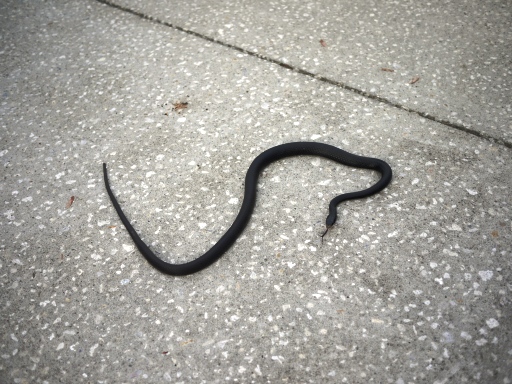
Venomous snakes in the United States include rattlesnakes, copperheads, water moccasins, and coral snakes. Venomous snakes are characterized by thick bodies, vertical pupils, and triangular heads that are larger than their necks. You should never handle a venomous snake. That’s why it’s prudent to get a professional snake remover involved.
On the other hand, nonvenomous snakes – like garter snakes, gopher snakes, milk snakes, corn snakes, and king snakes – might be left alone as they are beneficial to the ecosystem.
The snake’s location
If a snake is residing inside your house or attic, even if it’s a nonvenomous snake, you want to get it out of your house.
#2 Choose the Appropriate Trap
Glue Traps
Once you’ve deemed it fit to remove the snake, the next step is selecting the right trap to use. There are three common snake traps and they include:
Minnow Traps
Minnow traps are suited when you’re dealing with multiple snakes because they are reusable, unlike most glue traps. Minnow traps are made of cylindrical shaped wire mesh, with tiny holes that look like a funnel at both ends.
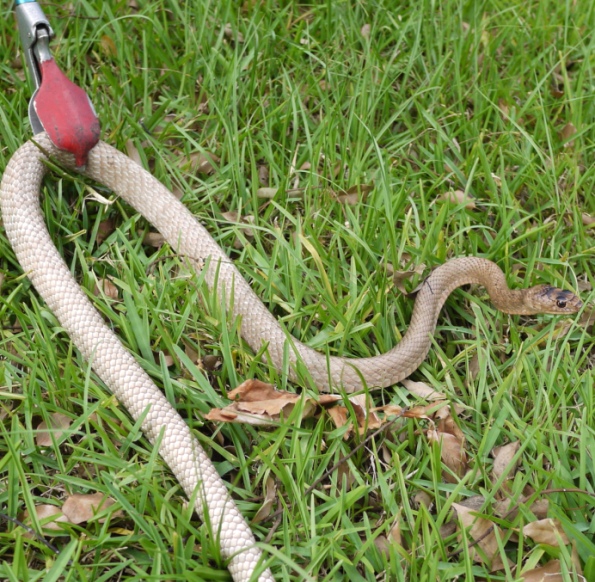
Eggs are used as bait and are placed inside the trap. Once a snake sees the bait, it tries to get in through the wider end of the funnel-like hole. However, it is unable to come out thereafter.
Maze Traps
These traps are made from wood or heavy-duty board. They feature a wooden channel that rotates throughout the trap to guide the snake in. However, the channel is too narrow for the snake to get back out.
#3 Select the Right Location for Your Trap
A good rule of thumb is to choose a location where the snake is commonly sighted or the most active location of the snake. Possible locations include garden areas, basements, chicken coops, and attics. You should try to camouflage the trap so it blends with the natural surroundings.
#4 Set the Trap
Before you set the trap, it helps to minimize the scent transmitted from you to the trap. Several commercial substances can be applied to give it an appealing scent, like that of live bait.
Depending on the type of trap selected, baiting might be necessary. This is especially true for minnow and maze traps. Snakes love eggs, rodents, frogs, and many other pests. However, eggs are most suited because they are easier to secure and use.
#5 Check the Trap Regularly
You want to deal with the snake once you’ve caught it. That’s why you have to check the trap every day. A snake that is left in a trap will eventually die and rot away. That is inhumane and unsanitary.
For glue traps, you can carefully open the top of the box to check. Preferably, you can tell if there’s a snake there if the trap feels heavier. For minnow traps, you can easily just see the snake in plain view.
#6 Dealing with the Captured Snake
Wear Protective Clothing
Before handling a snake, make sure you wear gloves and protective clothing. Never attempt to touch a snake even if it’s nonvenomous. The bite can result in a nasty injury that will require medical treatment.
Relocation
Before you relocate, make sure to check with your local wildlife office with regards to the legalities surrounding the relocation of snakes. However, in most districts, it is possible to relocate a snake. Just ensure that you take it, at least, 10 miles away from your current location.
Releasing the Snake
Ensure you release the snake in a natural area without many residences nearby. This will give the snake the greatest chance of survival. Moreover, you do not want it going near other people’s property, especially if it’s venomous.
Release the snake in such a way that it slithers away from you. For glue traps, add oil to the snake’s body to free it from the adhesive. You should also be alert and ready to move if the snake decides to strike. Do not forget to put on your protective clothing and gloves when releasing the snake.
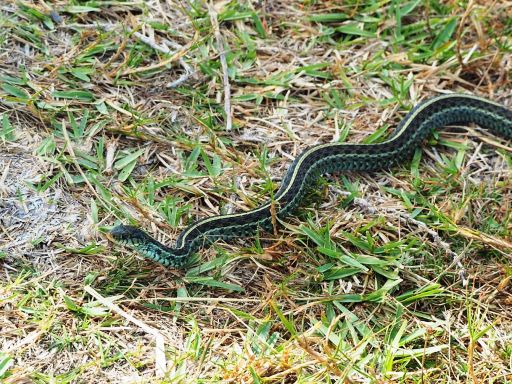
#8 Preventing Future Snake Infestations
Snakes are usually attracted to areas with food sources and great hiding spots. If you have a rat infestation problem, you have to deal with it. Moreover, you can make your yard less hospitable to snakes by regularly mowing the lawn, getting rid of rock piles, and leaves. All these will help to prevent a future snake infestation.
Select Your Animal

Raccoons
Raccoon Removal Information & How-To Tips

Squirrel
Squirrel Removal Information & How-To Tips

Opossum
Opossum Removal Information & How-To Tips

Skunks
Skunks Removal Information & How-To Tips

Rats
Rat Removal Information & How-To Tips

Mouse
Mouse Removal Information & How-To Tips

Bat
Bat Removal Information & How-To Tips

Bird
Bird Removal Information & How-To Tips

Snake
Snake Removal Information & How-To Tips

Beaver
Beaver Removal Information & How-To Tips

Mole
Mole Removal Information & How-To Tips

Vole
Vole Removal Information & How-To Tips

Gopher
Gopher Removal Information & How-To Tips
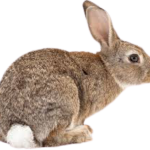
Rabbit
Rabbit Removal Information & How-To Tips

Woodchuck
Woodchuck Removal Information & How-To Tips

Flying Squirrel
Flying Squirrel Removal Information & How-To Tips

Chipmunk
Chipmunk Removal Information & How-To Tips

Coyote
Coyote Removal Information & How-To Tips

Fox
Fox Removal Information & How-To Tips

Wild Hog
Wild Hog Removal Information & How-To Tips
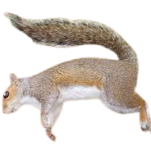
Dead Animal
Dead Animal Removal Information & How-To Tips